Thinking Like a Pro - Practice Like a Pro
February 15, 2023
Coaches Corner
By Oliver Jones
Oliver teaches paddle and tennis at The Overbrook Golf Club in Villanova, PA. He holds a 7.2 PTI and competes nationally on the APTA tournament circuit.
In this series Thinking Like a Pro, we are contrasting the mental approach of the professional paddle player to that of the amateur or recreational club player. (If you want to dip your toes into what the pros are doing and make the move from standard to great, these articles can help to get you there.) By highlighting the differences, we will begin to get a clear view of a pro’s thought process. A mindset that allows him/her to advance his/her physical and mental limits and edge closer to his/her full potential. While we will be thinking within a platform tennis context, these concepts emphasize underlying mental models for learning, and thus undoubtedly apply in all areas of life in which we seek true mastery. Each article in the series will examine one specific area; in this sixth article, we are looking at how to practice like a pro.
Practice Quality vs Quantity
Whenever we seek mastery in a pursuit such as paddle, we must remember that taking the time to focus on the quality of our actions will be more important than simply the amount of action we take. We have all heard the adage made popular by Malcolm Gladwell in his book “Outliers: The Story of Success” that mastery takes 10,000 hours of practice. But this is only one part of the story. It is not just practice that leads to improvement, but the kind of practice. With deliberate, careful, and meticulous practice, this time frame can even be significantly reduced in many fields. While 10,000 hours was the case for mastery in the violinists in Gladwell’s study, in a discipline such as platform tennis, quality practice can yield mastery much faster.
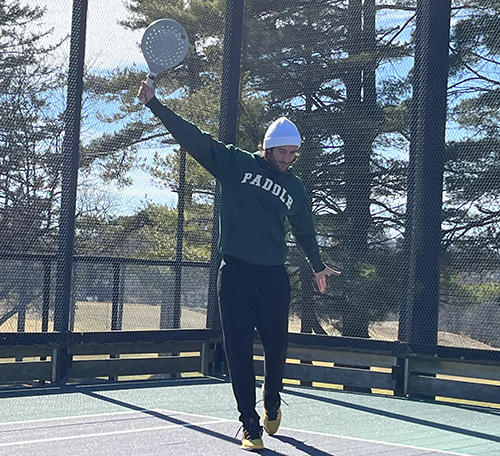
The takeaway here is that it’s not just about the number of hours you play, but the quality of those hours. To unlock our potential and improve the fastest, we must be sure we are practicing to the best of our ability—to see that each and every shot we hit is a chance to improve. For example, say you have a practice game scheduled with three friends before a league match later in the week. Many of us will take this practice to relax, have fun, and try shots we would never do in a match because we know they have a poor risk/reward profile, yet we feel we can go for them here because there is no consequence. While these types of practice matches have their place of course—to have carefree fun, to relax, to get creative with new shots (that can potentially come into matches one day), to explore unknown abilities, etc.—they aren't the most efficient way to improve your game. You miss a valuable opportunity to refine skills that you will use and rely on in your matches. It is these skills that will have the most significant impact on your ability to perform on the match court.
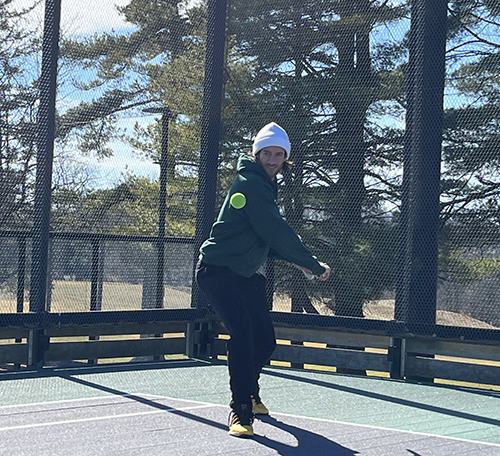
To be most effective in practice time, it makes more sense to practice the decisions and shots you will use in the match. This deliberate type of practice is ideal to train your mind to make disciplined choices that have a positive expected return. Secondly, it is an opportunity to hit and refine the very shots you will be hitting most of all in those situations. For example, in your practice match on the return of serve, seek to refine your return so you hit it accurately to your desired spot, rather than simply trying to hit it hard, taking a big carefree swing because you know if you miss it’s not a big deal. Once you have refined a precise return to one spot, start exploring different targets so that you can not only hit a controlled drive reliably but also mix it up assuming you will be competing against a good volleying team. One way to think about this approach: “A professional measures twice, but cuts only once.”
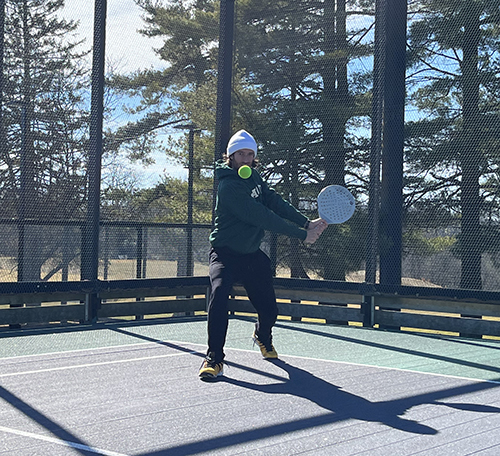
A less sophisticated carpenter cuts like crazy, thinking that simply doing something more and more will automatically yield better results. But doing something over and over, with poor quality, only reinforces habits that are counterproductive, and ultimately detrimental to growth. This is the player that simply tries to hit the return hard, without thought to the placement of the return (at a lower speed), which will ultimately yield a better result and be a more effective weapon. Instead, take your time, focus on the steps and the process required to achieve the ultimate objective, and commit to performing the task with careful attention to the quality of the action. This is the player who takes their time to think about what type of return to hit, and the specific target that will make for the most challenging volley.
To use another example, say we take this approach to our soft push overhead. Focusing on the quality of this shot in our practice match not only improves the initial outcome (execution soft, deep, and low) but sets the foundation for subsequent shots, and also enhances the level of all future outcomes (shorter lobs, miscalculated drives from our opponents, ability to hit rollers/waterfalls and other more aggressive overheads later in the point).
Pushing Your Limits
While refining and perfecting shots you know you will be the bedrock of your match is very important, quality practice is also about pushing your limits deliberately and thoughtfully that allows you to explore the boundaries of your skill set, within a certain margin. In high-performance driving, a great instructor once told me, “You want to push the car 101% - 103% but not 110%; if you spin at 110%, you can’t save the car. You want to explore the car’s limits and at the same time be able to save it if you go too far.”
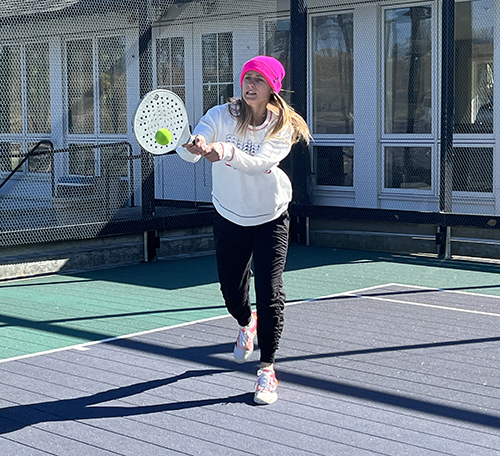
The same principle can be applied to our paddle practices. We want to push our abilities but do so in a way that we can get the car back on track if we push too far. The takeaway here is to explore how well you can hit your return/roller/serve in practice, but to know how much you are pushing so that you can dial it back when necessary, in the match. In this way, we use practice to find out where 100% is for us. If we don't push past it, we don't actually know where 100% is, so practice is a crucial tool to find out.
This is the type of investigating we don't want to do in the match because we could spin out and lose the point. If we have done our homework in practice, we already know the car can get loose in a particular corner, so we can dial it back in the race. This technique also teaches us to be comfortable at the limit in matches. Having performed deliberate practice, we walk into the match court knowing where the limits are and the adjustments required to safely get back to a steady pace if it looks like we might be approaching the limit.
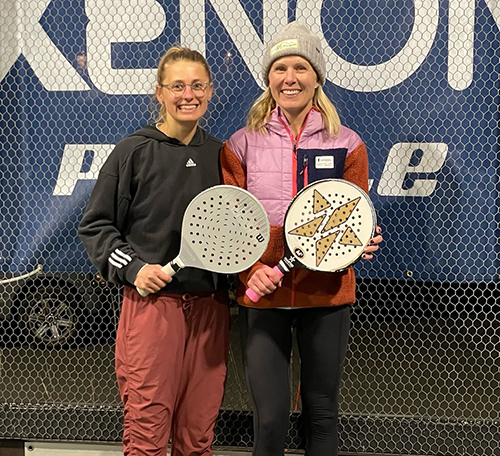
Thinking like a pro is not just about how to think on the match court but includes all the preparation that comes before we even enter the cage. The behaviors we train in practice will become actions in matches. How we think about our practices and how we perform in these moments can be a powerful tool in our continued player development.







